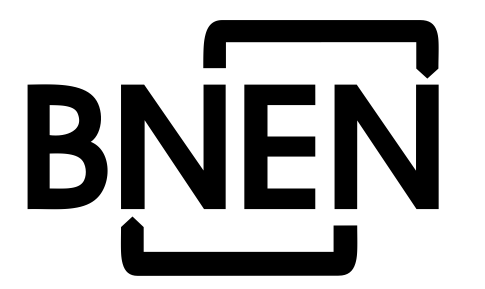Nuclear reactor theory
Prof. Geert Van den Branden – KU Leuven
Prof. Matthias Vanderhaegen – Universiteit Gent
Prof. Peter Baeten – Vrije Universiteit Brussel
6 ECTS
90 hours study time
- 44 contact hours theory
- 24 contact hours exercises/laboratory sessions/visits
- 12 hours additional personal work (reading etc.)
-
- To understand the physical processes involved in a nuclear reactor
- To understand and be able to write down and solve the basic equations
- To be able to simulate a reactor/source configuration as appropriate depending on:
- number of dimensions;
- steady state or transient;
- number of groups;
- delayed neutron precursors;
- space dependent properties and grid spacing.
- To learn how to measure neutron distributions and parameters relevant for nuclear reactors, in particular reactivity and reactivity coefficients
-
- Interaction of Neutrons with Matter
- Nuclear Fission
- Nuclear Chain-Reacting Systems
- Physics of nuclear reactors
- Neutron transport equation
- Mono-energetic diffusion of Neutrons
- Neutron moderation
- Low energy neutrons
- Fermi theory
- Cell calculations
- Multiregion reactors: the group diffusion method
- Control Rods
- Point kinetic equations
- Reactor dynamics including reactivity effects
- Numerical Techniques used in reactor calculations & radiation protection
- Experimental reactor physics
Lab session with static and kinetic measurements at the BR1, Sigma pile and VENUS facility
-
The PowerPoint presentations of the lectures, and extensive lecture notes, are available on the BNEN website.
Other useful references:
- J.J. Duderstadt and L.J. Hamilton, “Nuclear Reactor Analysis”, 1976 (Wiley & Sons)
- Lamarsh, J.R., “Introduction to Nuclear Reactor Theory”, Addison-Wesley, Reading, Mass., 1966
- Profio, A.E., Experimental Reactor Physics, J. Wiley, 1976
- P. Reuss, “Neutron physics”, 2008 (EDP Sciences)
-
- Introduction to nuclear physics
- Introduction to nuclear engineering
-
- First and second session: written examination, open book.
- The course contains three parts, each part is individually evaluated on the exam.
- The final mark will be calculated based on a weighted average on the three parts (weighting factor roughly 1/3, 1/3, 1/3). In case of a failure for one of the parts, the examination committee can decide to penalize this by lowering the overall course grade.
Laboratory sessions are compulsory and cannot be repeated in the second session. No report is required, but questions on the laboratory sessions might be included in the exam.
